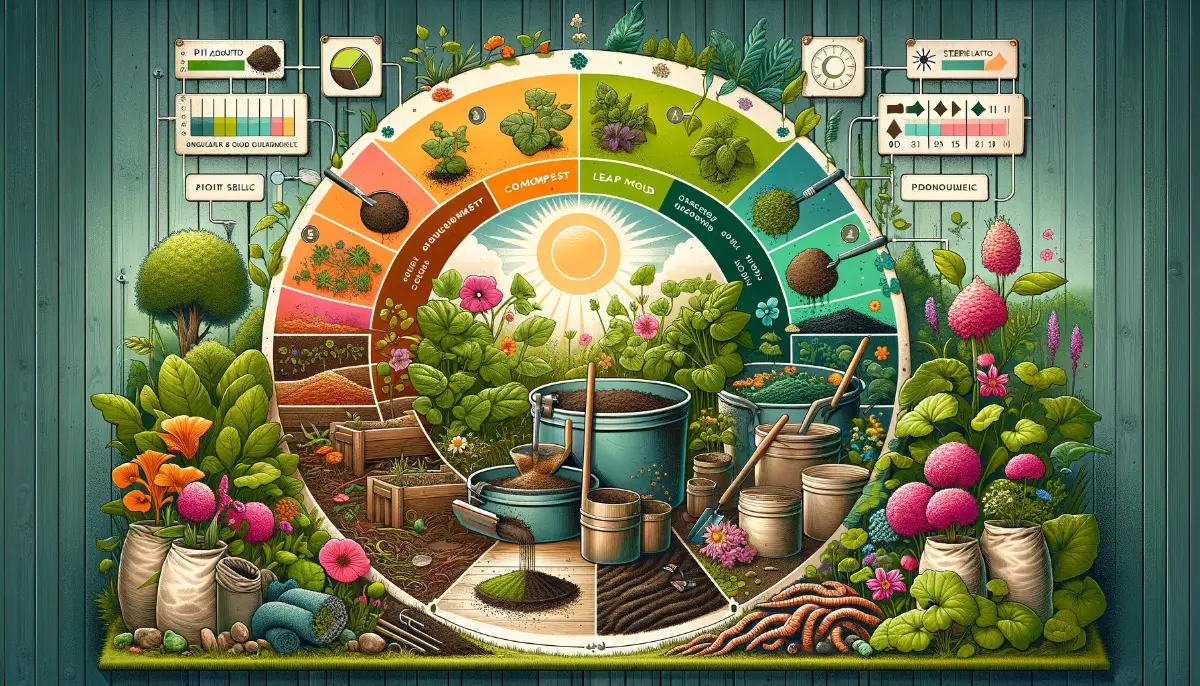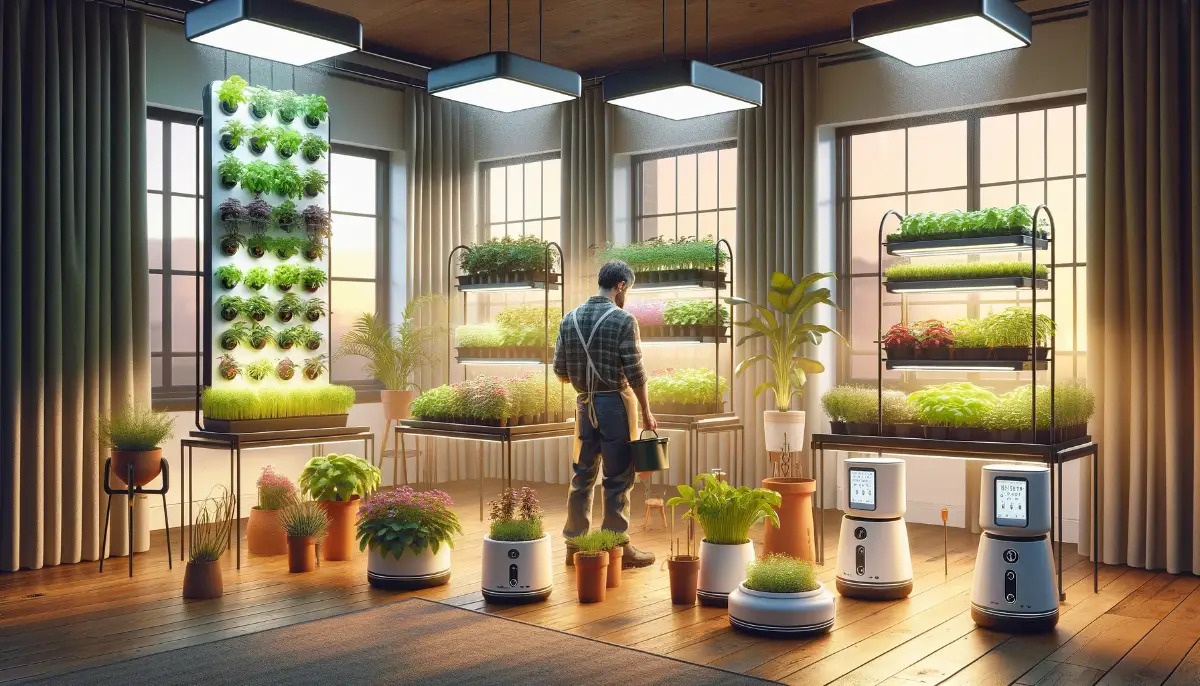Starting your garden by sowing seeds indoors can give your plants a head start and extend the growing season, especially in regions with shorter summers.
This controlled environment allows you to manage temperature, moisture, and light more effectively, ensuring stronger, healthier plants. Here’s how to begin.
Materials Needed
Before you start, gather your materials. You’ll need seed trays or pots, a seed starting mix, seeds, a watering can or spray bottle, optional plastic covers or domes, grow lights, heat mats, and labels with markers.
Preparation for Seeding
Choosing the Right Seeds
Select seeds based on your climate, the size of your garden, and your personal preferences. Pay close attention to the information on seed packets, such as germination time, depth, and spacing, as this will be critical for successful growth.
Preparing the Seed Starting Mix
Moisten your starting mix to make it conducive for seed germination. Fill your trays or pots, leaving a little space at the top.
Sowing Seeds
Sowing Techniques
Plant seeds at the depth specified on the seed packet. This is crucial for proper germination. Space your seeds as recommended to avoid overcrowding.
Moisture Control
After sowing, gently water your seeds. The goal is to keep the soil consistently moist but not waterlogged. A spray bottle can help control the amount of water you apply.
Temperature Control
Germination requires warmth. A temperature of 65-75°F (18-24°C) is ideal for most seeds. Heat mats can provide consistent warmth, especially in cooler environments.
Aftercare
Thinning Seedlings
Once your seedlings sprout, thin them out to prevent competition for resources. Keep only the strongest seedlings in each tray or pot.
Lighting
If natural light is insufficient, consider grow lights. Seedlings need about 12-16 hours of light per day. Ensure the light source is close enough to prevent seedlings from becoming leggy but not so close that it causes damage.
Watering
Overwatering is as detrimental as under-watering. Let the soil surface dry slightly between watering to encourage strong root growth.
Transplanting
When seedlings are strong enough and the outdoor temperature is suitable, it’s time to move them outside. Gradually acclimate them to outdoor conditions over a week to prevent shock.
Troubleshooting Common Issues
- Leggy Seedlings: Usually a sign of insufficient light. Move your light source closer or increase the duration of exposure.
- Mold or Fungus: Improve air circulation and reduce moisture levels if you notice mold growth.
- Damping Off: This fungal disease can be avoided by not overwatering and ensuring good air flow around your seedlings.
- Poor Germination: Can be caused by old seeds, incorrect sowing depth, or unsuitable temperature. Ensure all conditions are optimal for the specific seeds you’re using.
Starting seeds indoors is a rewarding endeavor that enhances your garden’s success. It requires patience, care, and a bit of practice, but the results — a vibrant, flourishing garden — are well worth the effort.
FAQs for Indoor seed starting
What’s the best time to start seeds indoors?
Start seeds indoors 6-8 weeks before the last expected frost date in your area. This timing helps ensure that your seedlings are strong enough to transplant outdoors when the weather warms up.
How do I know if I need to grow lights?
If you’re sowing seeds in late winter or early spring and natural sunlight is limited, grow lights can provide the necessary light intensity for healthy seedling growth. Look for signs of legginess or pale leaves as indicators that more light is needed.
Can I use any soil for starting seeds indoors?
It’s best to use a seed starting mix, which is lighter and more sterile than regular garden soil. This helps ensure good moisture retention and reduces the risk of soil-borne diseases affecting your seedlings.
How often should I water my seedlings?
Water seedlings when the top layer of the soil feels dry to the touch. It’s important to maintain consistent moisture but avoid overwatering, which can lead to fungal diseases like damping off.
What is thinning, and why is it important?
Thinning is the process of removing extra seedlings to prevent overcrowding. It ensures that the remaining seedlings have enough space, light, and nutrients to grow strong and healthy.
Can I start any plant indoors?
While many plants benefit from being started indoors, some (like carrots and radishes) do better when sown directly into the garden. Check the seed packet or do a bit of research to determine the best approach for each plant type.
How do I use a heat mat for seed germination?
Place your seed trays or pots on the heat mat and set it to the recommended temperature for your seeds, usually between 65-75°F (18-24°C). This warmth helps speed up germination.
What is ‘hardening off’ seedlings?
Hardening off is the process of gradually acclimatizing indoor-grown seedlings to outdoor conditions. Start by placing them outside in a shaded, sheltered spot for a few hours each day, gradually increasing their exposure over a week.
How can I tell when my seedlings are ready to transplant?
Seedlings are ready to transplant when they have at least two sets of true leaves and the outdoor temperatures are consistently warm enough for the specific plant type.
Why are my seedlings leggy, and what can I do about it?
Legginess is often due to inadequate light. Move your plants closer to the light source or increase the duration of light exposure. If using natural light, rotating your plants regularly can also help them grow more evenly.









